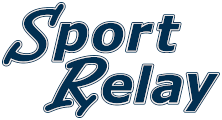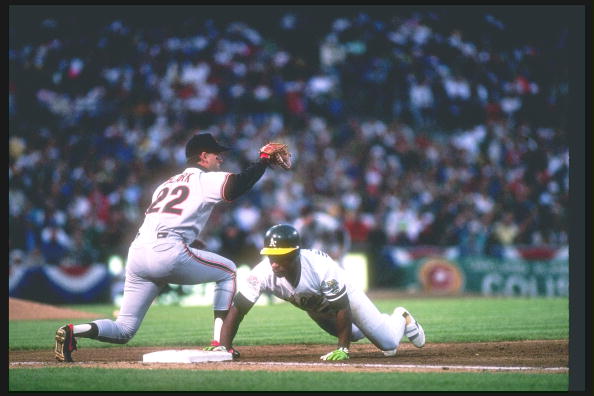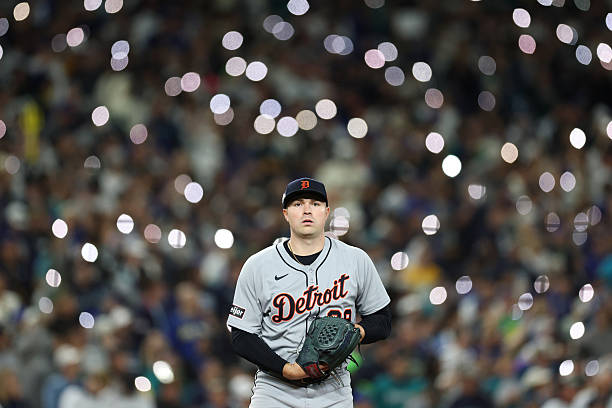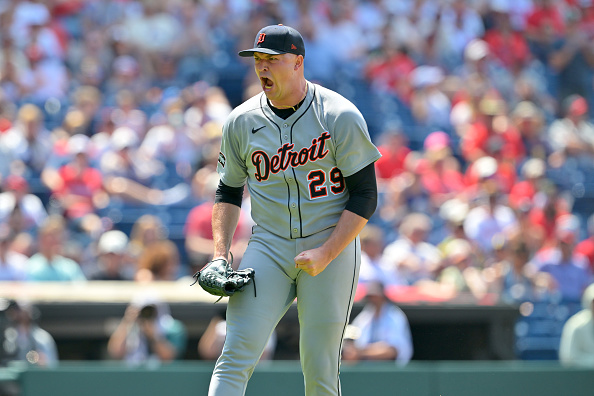Interleague Play: Designated Rivals
(Editor’s Note: Two years after the publication of this article, the interleague games increased to 48 per team. Teams now play six games against their designated rivals — three at home, three on the road. Also, “The Alternators” no longer exist. The permanent designations are ARI vs TEX, COL vs HOU, BOS vs ATL, and TOR vs PHL.)
Interleague Play is in Major League Baseball to stay, with each team playing 46 games against the opposite circuit.
Wait…46? Why not 45? Each league has 15 teams, so three against each team would make 45. Why add the extra game?
“Designated rivals,” that’s why. Each team plays four games — two at home, two on the road — against their designated rivals. Against the other 14 teams, they each play one three-game series. This, of course, raises the question of who each team’s designated rival is for Interleague Play. For about half the league, the answer is obvious. The rest? Not so much.
The Obvious Designated Rivals — Same Metro Area or Same State
Starting on the Pacific Coast, there are two pairs of designated rivals that are glaringly obvious. One is the Battle of the Bay — the San Francisco Giants and Oakland Athletics. The other is the Freeway Series — the Los Angeles Dodgers and the Los Angeles (Anaheim, really) Angels. There are also two obvious sets of designated rivals on the Atlantic coast. One is the Subway Series — the New York Yankees and New York Mets. The other is the Beltway Series. This matches the Baltimore Orioles and Washington Nationals, teams that are separated by roughly 40 miles.
Another obvious pair-up is known as the Windy City Showdown. This pairs the two teams that have shared a city the longest — the Chicago Cubs and Chicago White Sox. These two teams have a long history with one another, being the first teams to face each other in a single-city World Series all the way back in 1906. One hundred years later — 2006 — they engaged in a well-known brawl.
Interstate 70 bridges the 241-mile gap between Missouri’s two major metropolises and, by extension, their two Major League Baseball clubs — the Kansas City Royals and St. Louis Cardinals. The Battle of Ohio joins an additional pair of obvious designated rivals. This features the Cleveland Guardians and Cincinnati Reds. They not only play as designated rivals every season but also share a spring training site — Goodyear Ballpark in Goodyear, Arizona. The two Florida teams, the Tampa Bay Rays and Miami Marlins, are also designated rivals. Ever since the Rays began play, the two have played annually in the Citrus Series, although the two franchises have rarely both been competitive at the same time.
Not As Obvious
One rivalry that isn’t as obvious — to outsiders, at least — but comes from geographic proximity is that of the Minnesota Twins and Milwaukee Brewers. They are separated by 335 miles, mostly on Interstate 94. Of note here is that they were both in the American League until the Brewers switched to the National League in 1998.
The Seattle Mariners and San Diego Padres have been designated rivals since the beginning of Interleague Play in 1997, and that came because they were the only West Coast teams left in their divisions that hadn’t been matched with anyone yet. There have been a few years where they played a single series instead of a home-and-home, but they’ve still played every season. Also of note: they’ve shared a spring training facility — Peoria (Arizona) Sports Complex — since 1994.
When the designated rivalries were set in 2013, the league paired up the Detroit Tigers and Pittsburgh Pirates. They did so because they were the only teams left in the Central Divisions. It has been a nice complement to the rivalry between the Detroit Red Wings and Pittsburgh Penguins of the NHL. In the “cool history” department, these two teams met in the 1909 World Series. Granted, as of press time, there are only 15 people still living of those who were alive when the Pirates clinched that title. And one was a day old.
The Alternators
That leaves eight teams — two from each of the West Divisions, and two from each of the East Divisions. The NL West teams are the Arizona Diamondbacks and Colorado Rockies, and the AL West teams are the Texas teams — the Texas Rangers and Houston Astros. From the NL East are the Atlanta Braves and Philadelphia Phillies, while the AL East teams are the Boston Red Sox and Toronto Blue Jays.
The two NL East teams from this group just so happen to be the two teams the Blue Jays defeated when they won their only two World Series, doing so back-to-back in 1992 and 1993. So when the league made the designated rival assignments in 2013, they figured it would be fun to have the Blue Jays play a home-and-home against both, alternating by year which team they played. In order to make this work, they made the Red Sox the partner team for the Blue Jays. This made for the following result:
- Odd-numbered years: Blue Jays vs. Braves, Red Sox vs. Phillies
- Even-numbered years: Blue Jays vs. Phillies, Red Sox vs. Braves
The league did the same setup with the Diamondbacks and Rockies. Neither team has a true rival from the AL. The same is true of the Rangers and Astros when it comes to the NL, so it only made sense to pair these teams up and alternate. There have been seasons where it was switched up, most recently 2021, but for the most part, the groupings have been as follows:
- Odd-numbered years: Rockies vs. Astros, Diamondbacks vs. Rangers
- Even-numbered years: Rockies vs. Rangers, Diamondbacks vs. Astros
Designated Rivals for Interleague Play: A Handy Table
We will leave you with a table of each team’s designated rival.
National League, Alphabetically by Team Name
- Braves: Blue Jays in odd years, Red Sox in even years. (Editor’s Note: Not anymore. Now it’s always the Red Sox.)
- Brewers: Twins.
- Cardinals: Royals.
- Cubs: White Sox.
- Diamondbacks: Rangers in odd years, Astros in even years. (Editor’s Note: Not anymore. Now it’s always the Rangers.)
- Dodgers: Angels.
- Giants: Athletics.
- Marlins: Rays.
- Mets: Yankees.
- Nationals: Orioles.
- Padres: Mariners.
- Phillies: Red Sox in odd years, Blue Jays in even years. (Editor’s Note: Not anymore. Now it’s always the Blue Jays.)
- Pirates: Tigers.
- Reds: Guardians.
- Rockies: Astros in odd years, Rangers in even years. (Editor’s Note: Not anymore. Now it’s always the Astros.)
American League, Alphabetically by Team Name
- Angels: Dodgers.
- Astros: Rockies in odd years, Diamondbacks in even years. (Editor’s Note: Not anymore. Now it’s always the Rockies.)
- Athletics: Giants.
- Blue Jays: Braves in odd years, Phillies in even years. (Editor’s Note: Not anymore. Now it’s always the Phillies.)
- Guardians: Reds.
- Mariners: Padres.
- Orioles: Nationals.
- Rangers: Diamondbacks in odd years, Rockies in even years. (Editor’s Note: Not anymore. Now it’s always the Diamondbacks.)
- Rays: Marlins.
- Red Sox: Phillies in odd years, Braves in even years. (Editor’s Note: Not anymore. Now it’s always the Braves.)
- Royals: Cardinals.
- Tigers: Pirates.
- Twins: Brewers.
- White Sox: Cubs.
- Yankees: Mets.
More General Baseball Articles
More MLB Articles
Main Photo:
Embed from Getty Images
- Category
-
General Baseball





